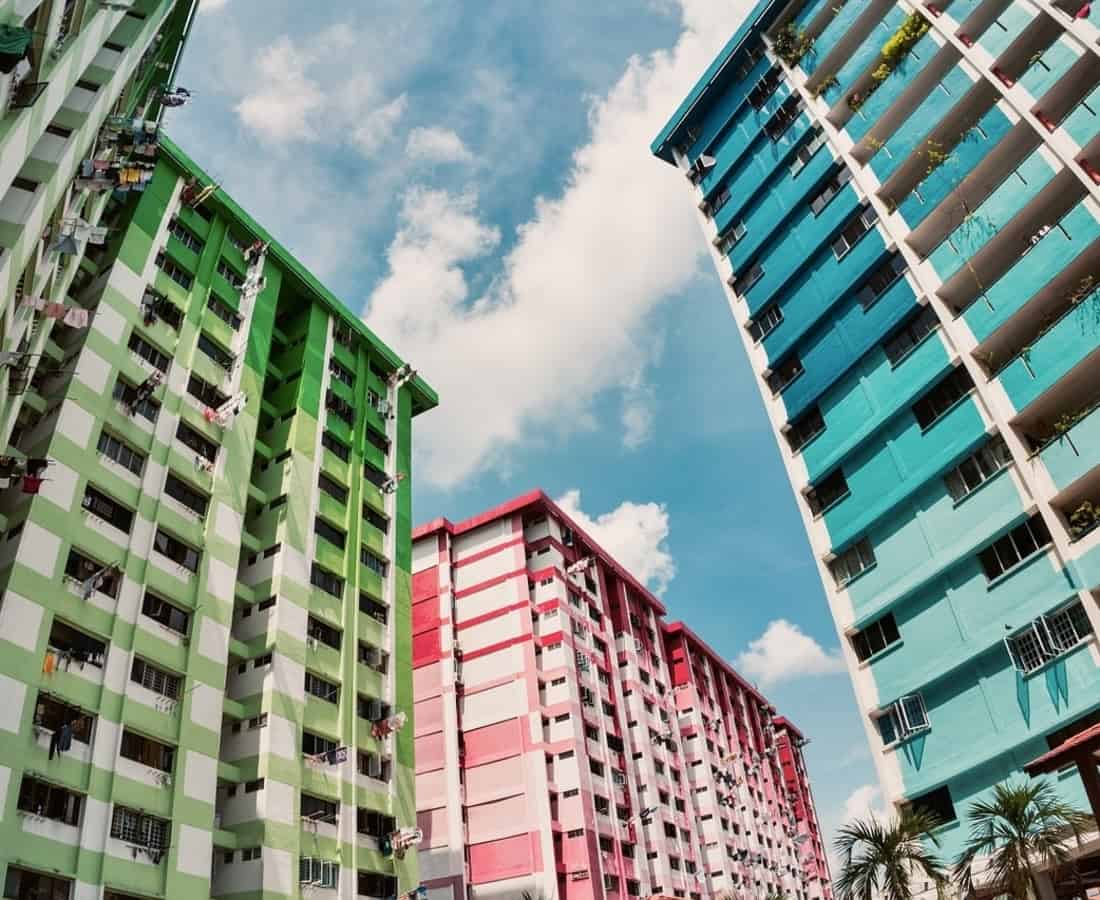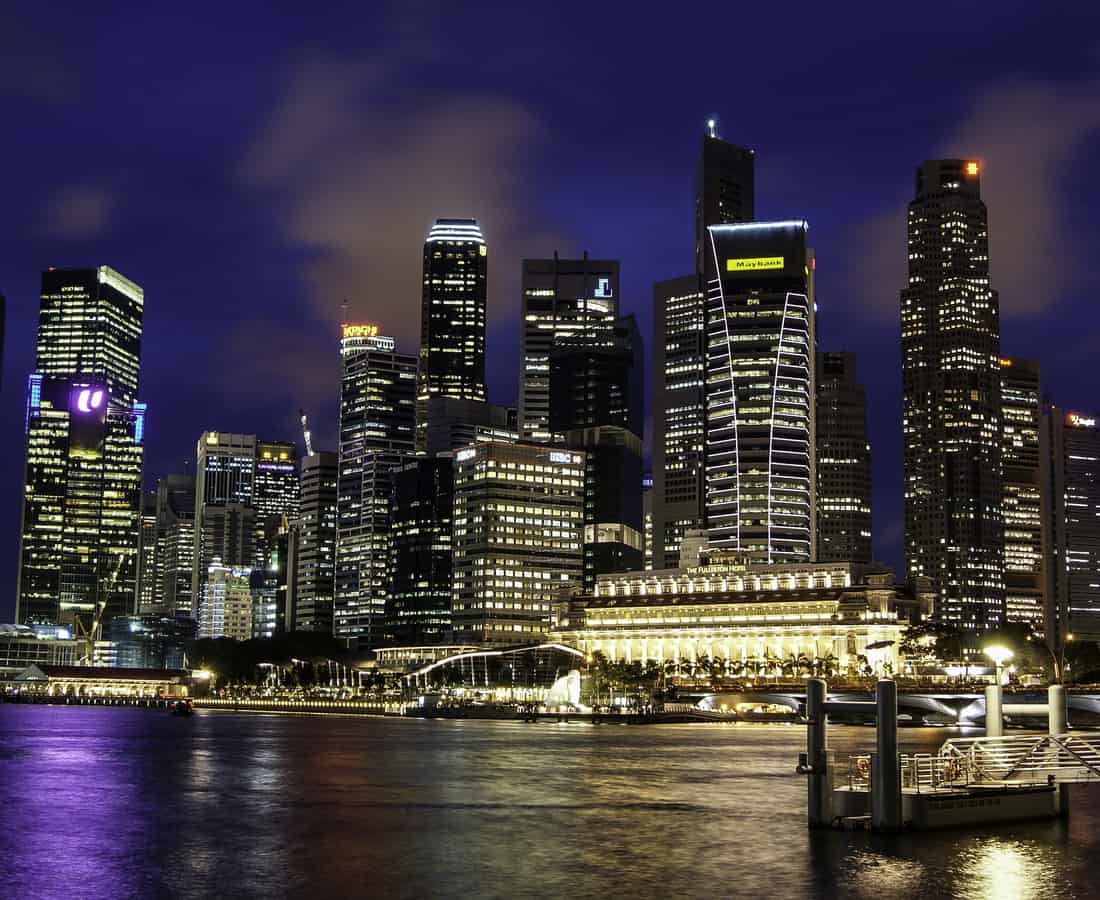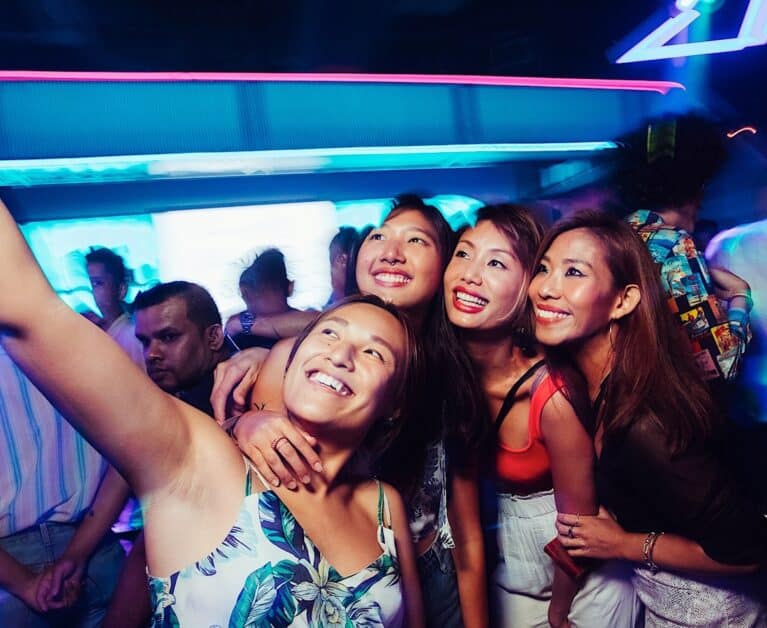On The Same Page: The Reality of Singapore In ‘This Is What Inequality Looks Like’

PUBLISHED July 8th, 2020 05:00 am
Against a backdrop of Black Lives Matter protests and an ongoing pandemic that has exposed many flaws in society, we are reminded time and time again, structural inequality exists. In Singapore, this is no exception. As we head to #GE2020, political parties have pledged to address inequality in our city state as rising costs of living and declining labour share of income have become impossible to ignore. In this month’s On The Same Page, we look at the book that sparked the wider conversation in Singapore in the first place: Teo You Yenn’s This Is What Inequality Looks Like.

Published at the start of 2018, Associate Professor Teo’s debut non-fiction is a collection of essays drawn from her research on poverty. Over three years, she spoke to more than 200 people about their families and their lives. All these experiences have been captured in two main points – the experiences of the low-income in Singapore and how these experiences are linked to systemic factors.
The book is not dry academic literature as one might expect it to be. Teo writes simply and accessibly, about real people and their relationships, and how they’ve been impacted by systems that prevent them from moving out of the cycle of poverty. Meet Nana, a salesperson supporting her three children and ailing mother – and her family’s sole breadwinner after a work injury left her husband unable to sustain regular employment. She recounts losing their home and shifting around from one place to another, as well as her fears of not being there for her children due to work. Her story is just one of many. And in a country where stories of social mobility are celebrated, these are often swept under the carpet.
Teo’s highlighting of the subtle and small differences often make the largest impact. She describes the everyday decisions we often make without thinking about – we have the luxury of choice, when oftentimes those that she has interviewed do not have this luxury. It can be a simple thing, like buying your favourite flavour of ice cream, without hesitation. But for someone else, it is choosing between paying the bills or treating their children to something nice.
This lack of choice extends to further than just grocery shopping, it affects their children’s education, their work-life balance, and subsequently, limits their future options.

This Is What Inequality Looks Like is an important wake up call. It tells stories of those of who have been left out of the national narrative for way too long, a reality that spoils the one we tell ourselves of Singapore as “the shining Global City”. The book has succeeded in disrupting this narrative, being one of the best-selling books of 2018, propelling discussions of inequality to the forefront of national conversation. But this does not mean that it is far from relevant, in fact, it is more relevant than ever.
COVID-19 has shown that Singapore is still deeply unequal, even exacerbating some of these problems. We cannot let words like ‘inequality’ and ‘systemic issues’ be used as buzzwords or only pay attention to issues like these when election season comes around. The question we must ask now is – how do we create a more equal system?
We might not have the answers, but we can still call for change. We have to recognise that security and independence are basic needs, not just accorded to those deemed deserving. When we move towards a post-pandemic future, we have to address these inequalities in our recovery, to truly build an inclusive society for all. As Teo says in the last essay of the book, “This is what inequality looks like. Now what? Now we refuse.”
This Is What Inequality Looks Like can be purchased at Ethos Books here.

